Picture this: you’re getting ready for work and your small dog suddenly transforms into a four-legged velcro strip, following your every move with desperate eyes. Or maybe you’ve got the opposite problem – a little furry roommate who barely lifts their head when you walk through the door. Understanding which small dogs need constant companionship and which ones actually thrive in solitude can make all the difference between a harmonious household and daily drama. Some breeds are like that friend who texts you every five minutes, while others are perfectly content binge-watching Netflix alone all day.
The Toy Poodle: Your Shadow in Disguise

Poodles are velcro dogs prone to separation anxiety, and this is a serious issue which can cause stress to both owner and Poodle. These intelligent little companions literally cannot let their owners out of sight, even for a moment. If she’s been on a long walk and is tired and seemingly fast asleep, if I so much as leave to empty the bin she’s instantly awake and howling. If I am in the shower and the shower screen steams up and she can’t see me she howls.
Toy poodles tend to be one of the more clingy dog breeds. Breeds that were developed over hundreds of generations to enjoy human companionship above all else, for example Shih tzus, Maltese and toy poodles likely have a pre-disposition to form closer bonds with humans and therefore struggle more when they aren’t around them. Their remarkable intelligence, which makes them so trainable, also works against them here – they’re acutely aware when their favorite human disappears.
The Bichon Frise: The Emotional Butterfly
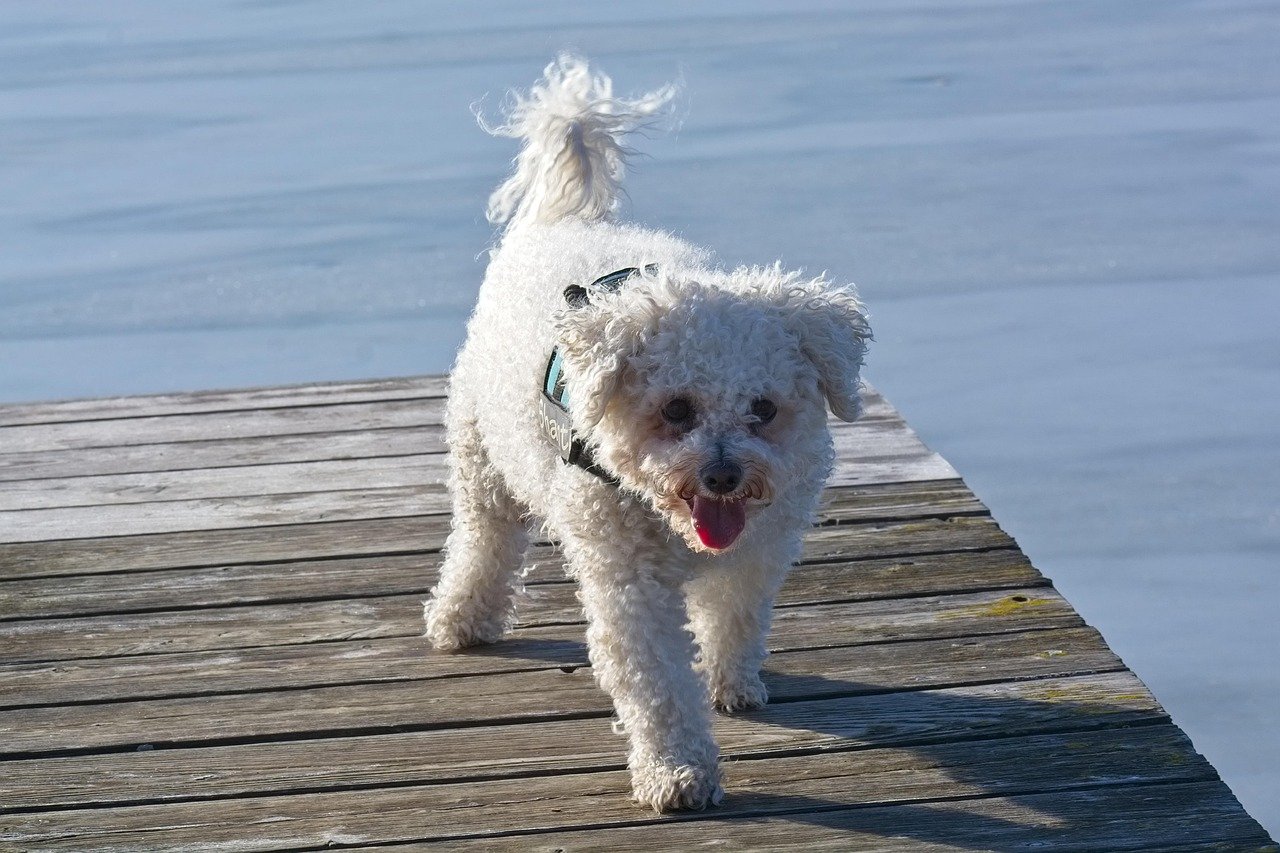
Compared to other breeds, Bichon Frises need a lot of companionship. They do best in families where someone can be with them most of the day. Many of them will become anxious when left alone for more than a few hours. These fluffy white clouds of personality are like that friend who needs constant reassurance that everything’s okay.
The Bichon’s cheerful exterior masks a surprisingly sensitive soul. For this reason, they’re prone to problem behaviors like destructive chewing and barking. Think of them as the golden retriever of the small dog world – eternally optimistic but desperately needing their people around to maintain that sunny disposition. They’re the type who’ll redecorate your living room with couch stuffing if left alone too long.
The Yorkshire Terrier: Small Package, Big Attachment Issues
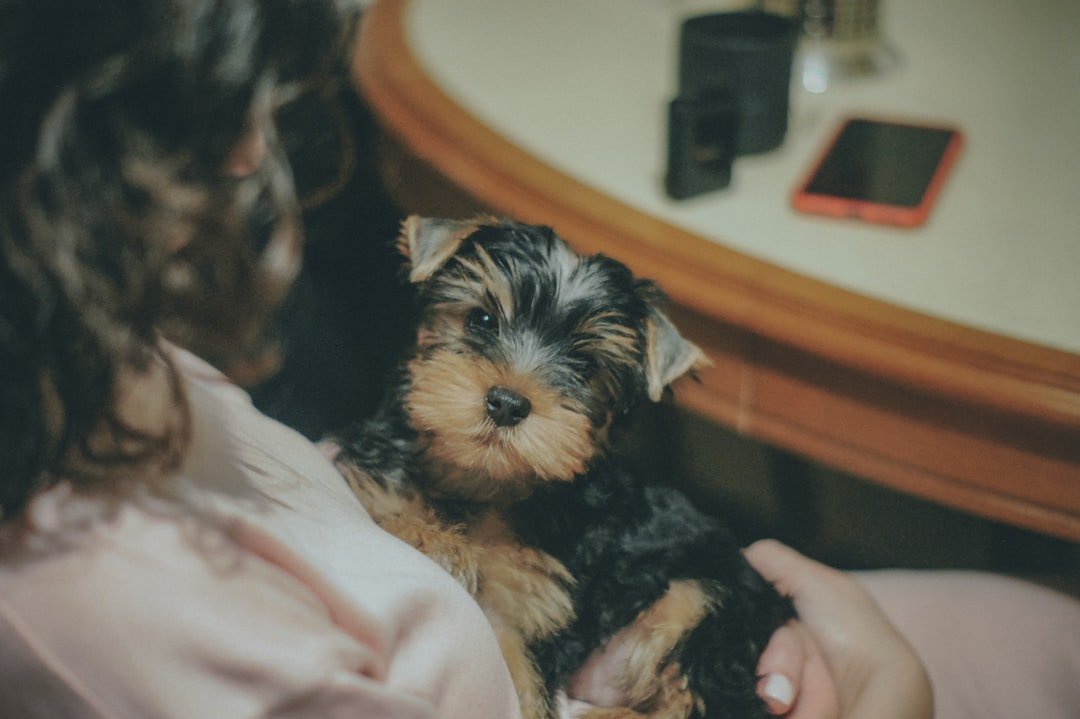
Yorkshire Terriers might be pocket-sized, but their attachment to their owners is enormous. These tiny terriers were originally bred as ratters in Yorkshire’s mines and mills, creating generations of dogs who simply cannot function without human partnership. Finally, she suggests that personality can play a role, with clingy dogs perhaps being more at risk than independent ones.
Their size makes them particularly vulnerable to feeling overwhelmed when alone. Unlike larger breeds who might patrol the house when their owners leave, Yorkies often find empty homes anxiety-inducing rather than liberating. They’re like having a furry toddler who hasn’t quite learned that mommy always comes back from the store.
The Chihuahua: The Pocket-Sized Panic Attack
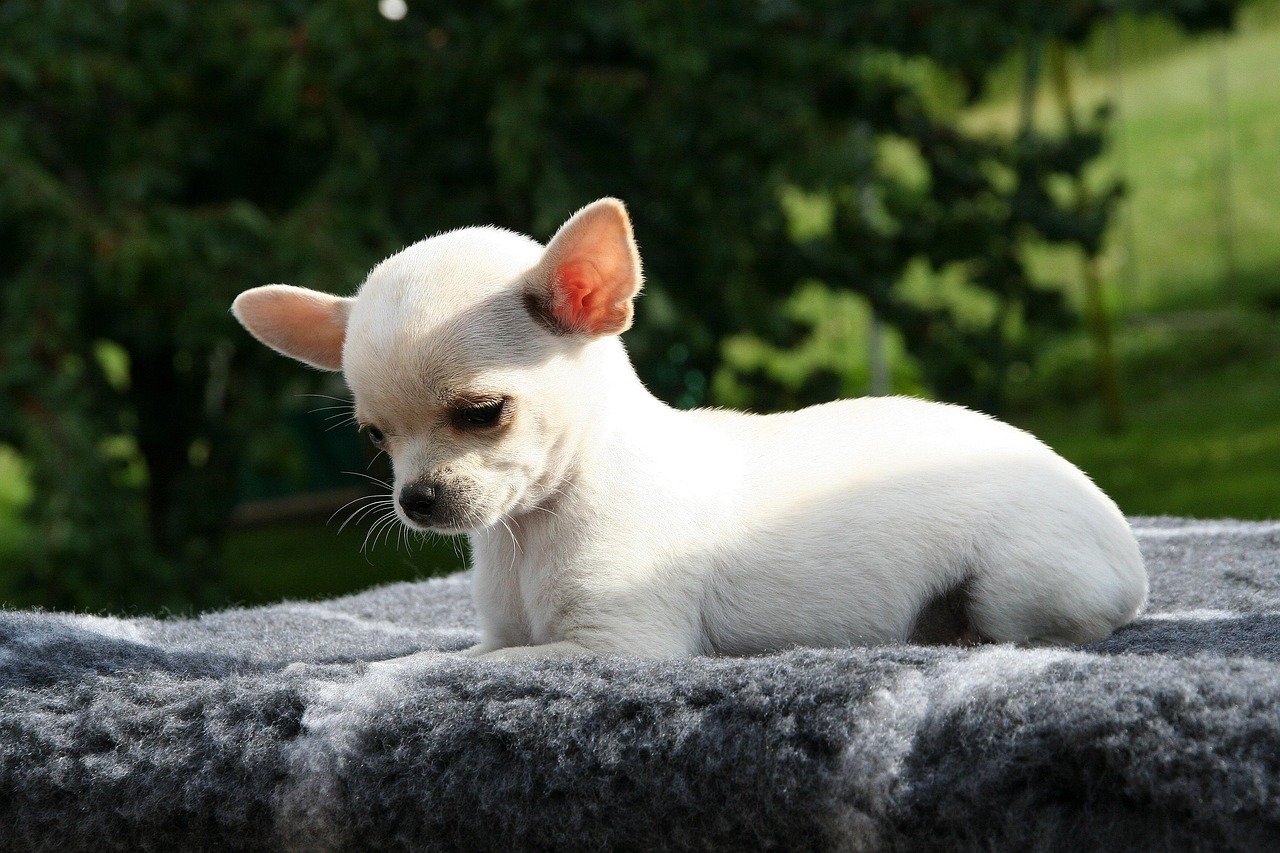
Don’t let their Napoleon complex fool you – Chihuahuas are often deeply insecure when separated from their chosen human. Toy Breeds: Small companion dogs, like Chihuahuas and Poodles, may develop anxiety due to their attachment to humans. These tiny dictators rule with an iron paw when their people are present, but turn into quivering leaves the moment they’re alone.
Chihuahuas tend to bond intensely with one person, creating an “us against the world” mentality. When their chosen human leaves, it’s not just separation – it’s like their entire security system has gone offline. They’re the dog equivalent of that person who calls three times when you don’t answer immediately.
The Cavalier King Charles Spaniel: The Gentle Clinger
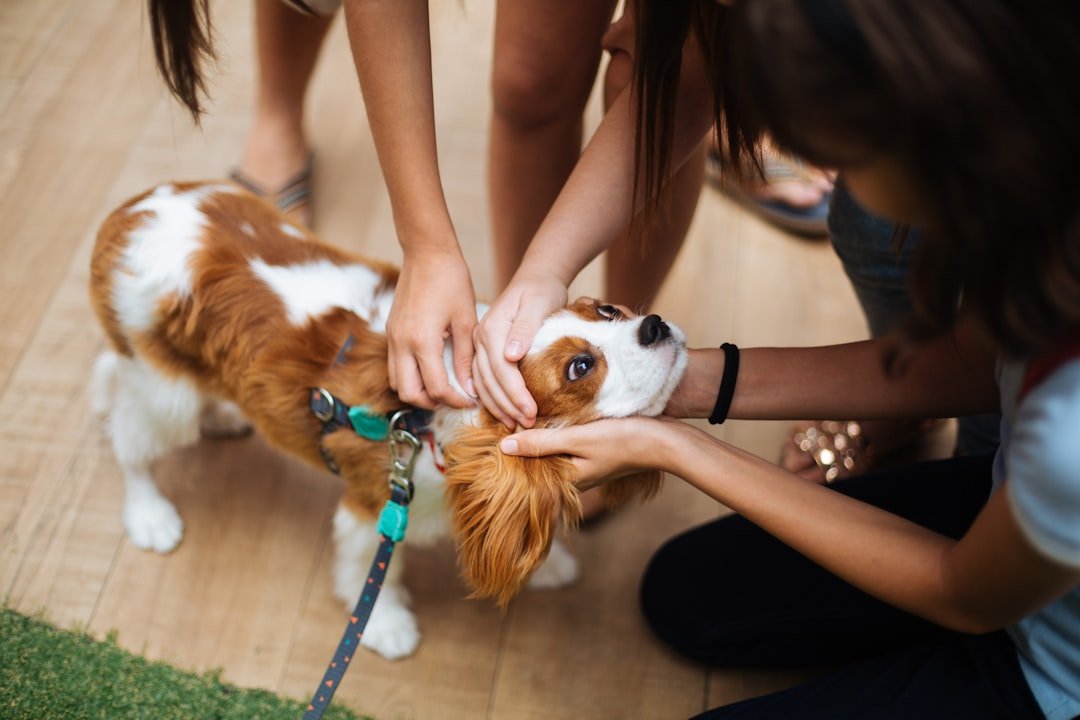
Here’s where things get interesting because Cavaliers actually occupy a unique middle ground, but many lean toward the “can’t be alone” camp. The Cavalier King Charles Spaniel is a friendly and eager-to-please companion that enjoys plenty of human interaction yet also manages alone time remarkably well for such an affectionate little dog. They can relax and entertain themselves for hours while chewing toys while waiting patiently for your return.
However, their breeding as companion dogs means many individual Cavaliers struggle more with solitude than breed generalizations suggest. Despite being lapdogs, they have a low tendency for separation anxiety and can tolerate being alone for several hours. However, they are also curious and social animals that might start to explore their environment looking for company if they get bored. They’re like that friend who’s fine being alone but much happier with company.
The Basenji: The Cat-Like Canine
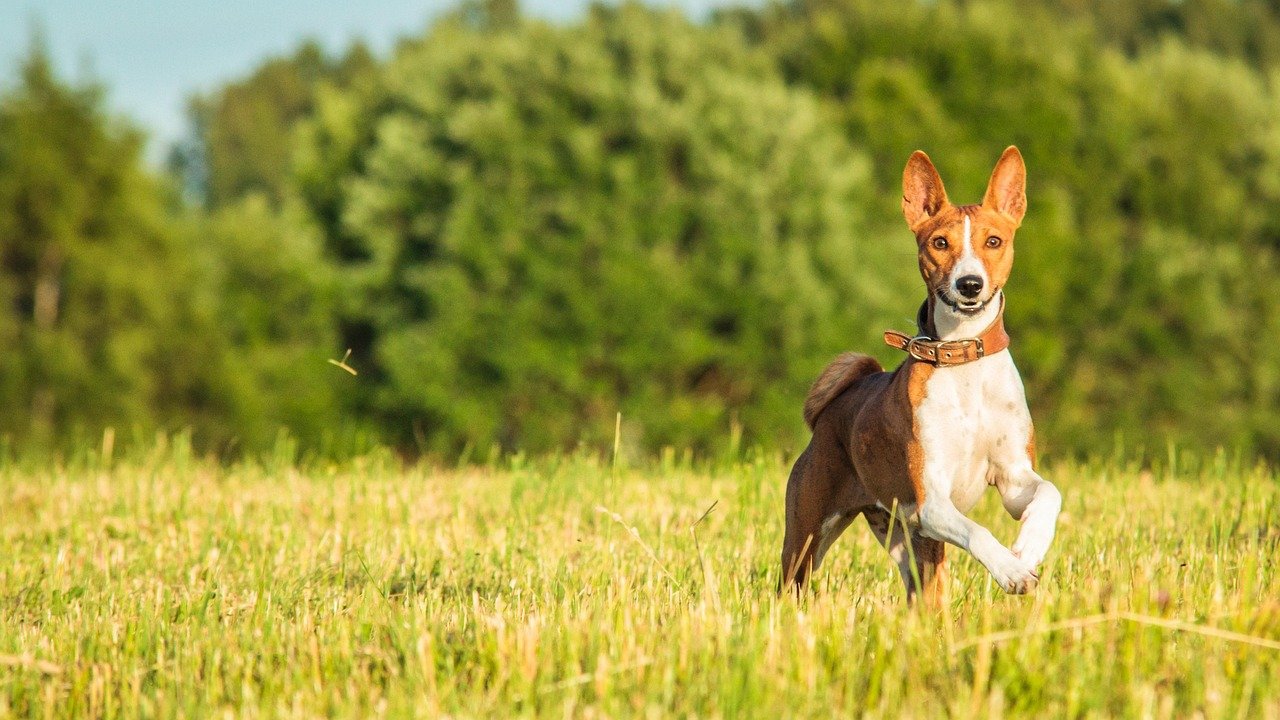
Now we flip the script entirely. The Basenji is a small African breed that is quite popular due to their unique yodeling or “baroo” vocalization. They have an independent and curious temperament that can sometimes make them a bit challenging to train, but they are also intelligent, and with proper training, they can learn to stay home alone for several hours at a time.
This compact, sleek dog is shy around strangers but loyal and loving to its owners. Best of all, the Basenji has a quiet demeanor and an inability to bark, instead producing only a kind of yodel on the occasion it does wish to vocalize. Poised, independent, and intelligent, this shy and retiring dog has all the feline qualities you could want in a cute canine package. They’re basically dogs who think they’re cats – independent, dignified, and perfectly content with their own company.
The Shiba Inu: The Lone Wolf in Dog Clothing
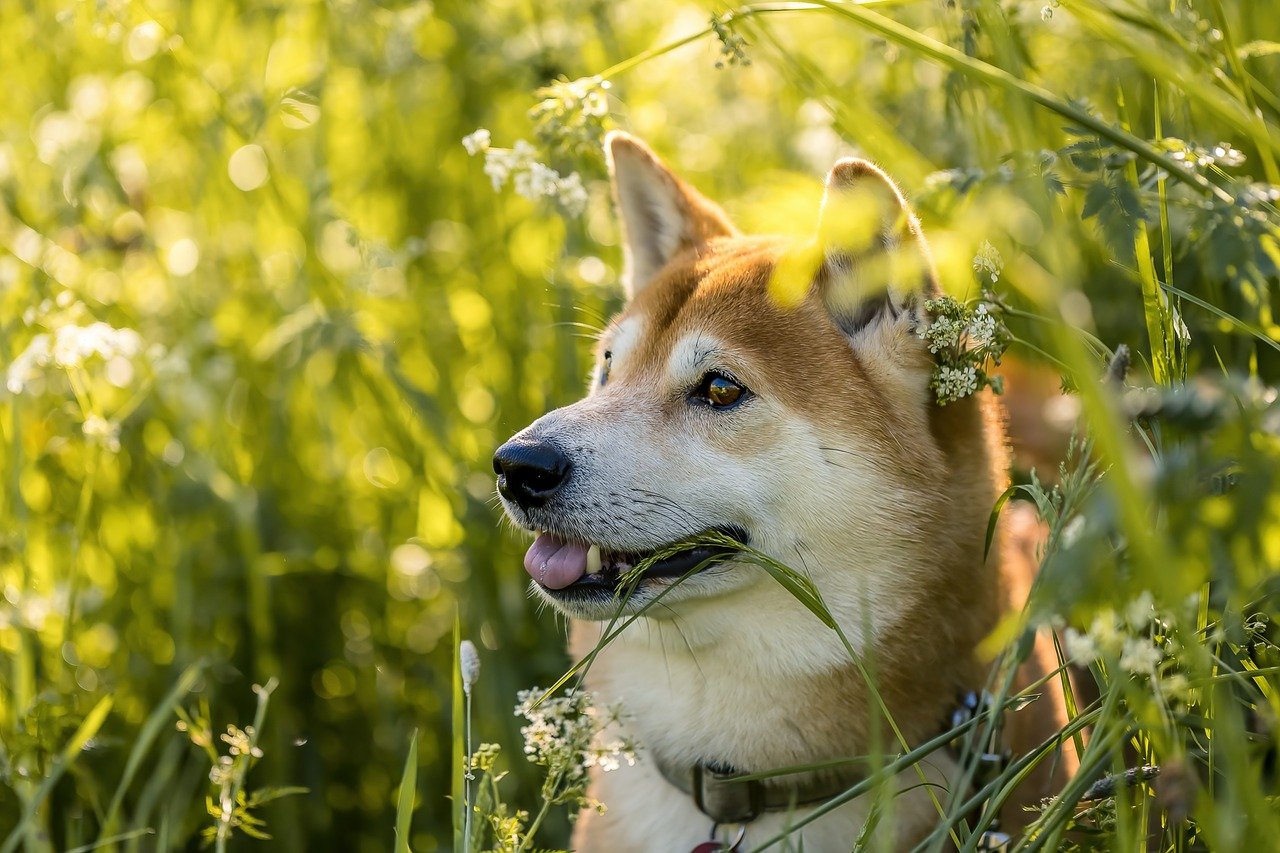
The Shiba Inu is considered an alert, affectionate, and independent breed with high intelligence but also somewhat stubborn and strong-willed. These fox-faced charmers are the ultimate introverts of the dog world. Shibas are friendly, but they are independent at heart and can be very aloof. They can be weary of strangers and are a protective breed.
A beloved Japanese dog breed, the shiba inu is a popular choice for its friendly yet independent personality, and can be good companions for those with busy lifestyles. Dr. Attas says their independence makes them less prone to separation anxiety, as long as they get enough exercise. In fact, after a good exercise session (at least 45 minutes a day), shiba inus can be perfectly content with some quiet time. Think of them as the strong, silent type who genuinely enjoys solitude and doesn’t need constant validation.
The French Bulldog: The Surprising Solo Artist
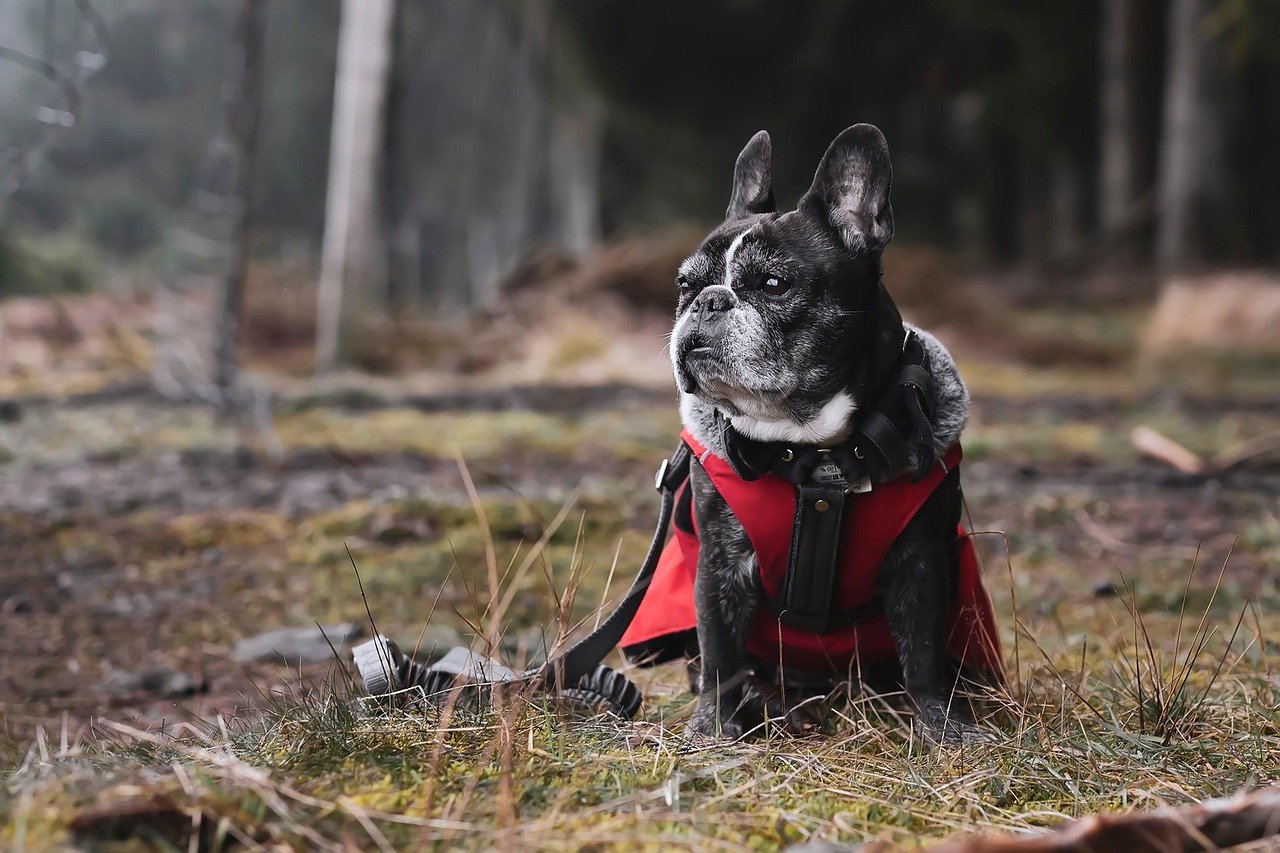
This might shock you, but French Bulldogs are actually quite adaptable to alone time despite their reputation as lap dogs. French bulldogs, with their amusing personalities and unique appearance, have skyrocketed in popularity in recent years. While their clingy nature and attachment to their owners can lead some to develop separation anxiety, most adjust very well to alone time as long as they receive enough attention.
Their lower activity needs make the Frenchie a great choice for city living. A daily walk plus some active play and training sessions typically provides enough exercise. Make sure to give them something engaging to pass time when you leave like a puzzle toy stuffed with treats. They’re like that friend who loves hanging out but is equally happy having a Netflix marathon alone with snacks.
The Pug: The Surprisingly Self-Sufficient Snuggler
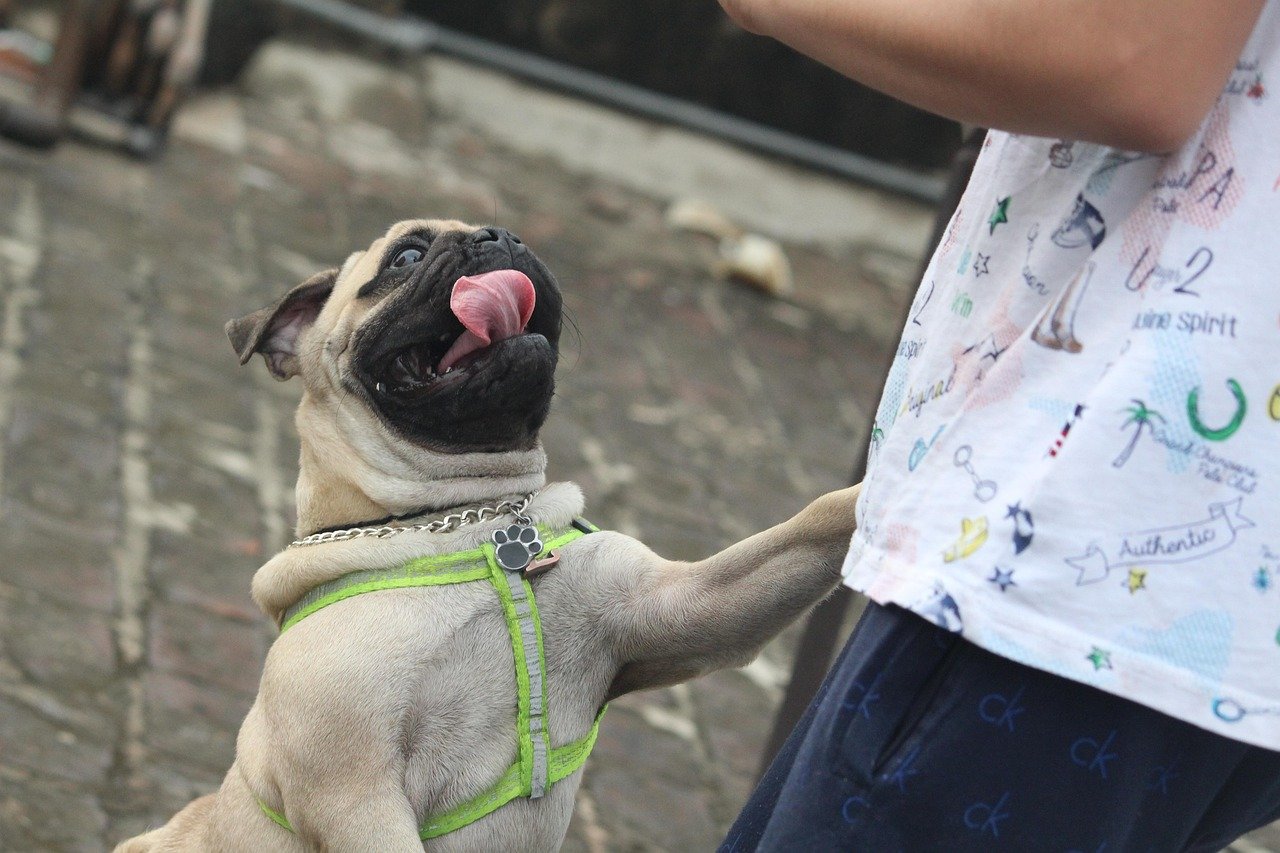
The Pug is a small breed with a wrinkled face and curly tail. They have a playful and affectionate temperament that makes them popular as companion dogs, and they have a low tendency for separation anxiety. Like some of the others on our list, they do love to spend time with (or on) their owners, but they also enjoy some “me time,” making them suited to home life and being left alone for several hours if needed.
Pugs are the introverted extroverts of the dog world. They absolutely adore their families and live for cuddle sessions, but they’re also remarkably content to nap the day away when home alone. Pugs live to be with their family, but this loving loyalty typically doesn’t extend into panic and anxious behaviors when left on their own. They’re basically the perfect roommate – social when you want company, invisible when you need space.
The Japanese Chin: The Aristocratic Loner
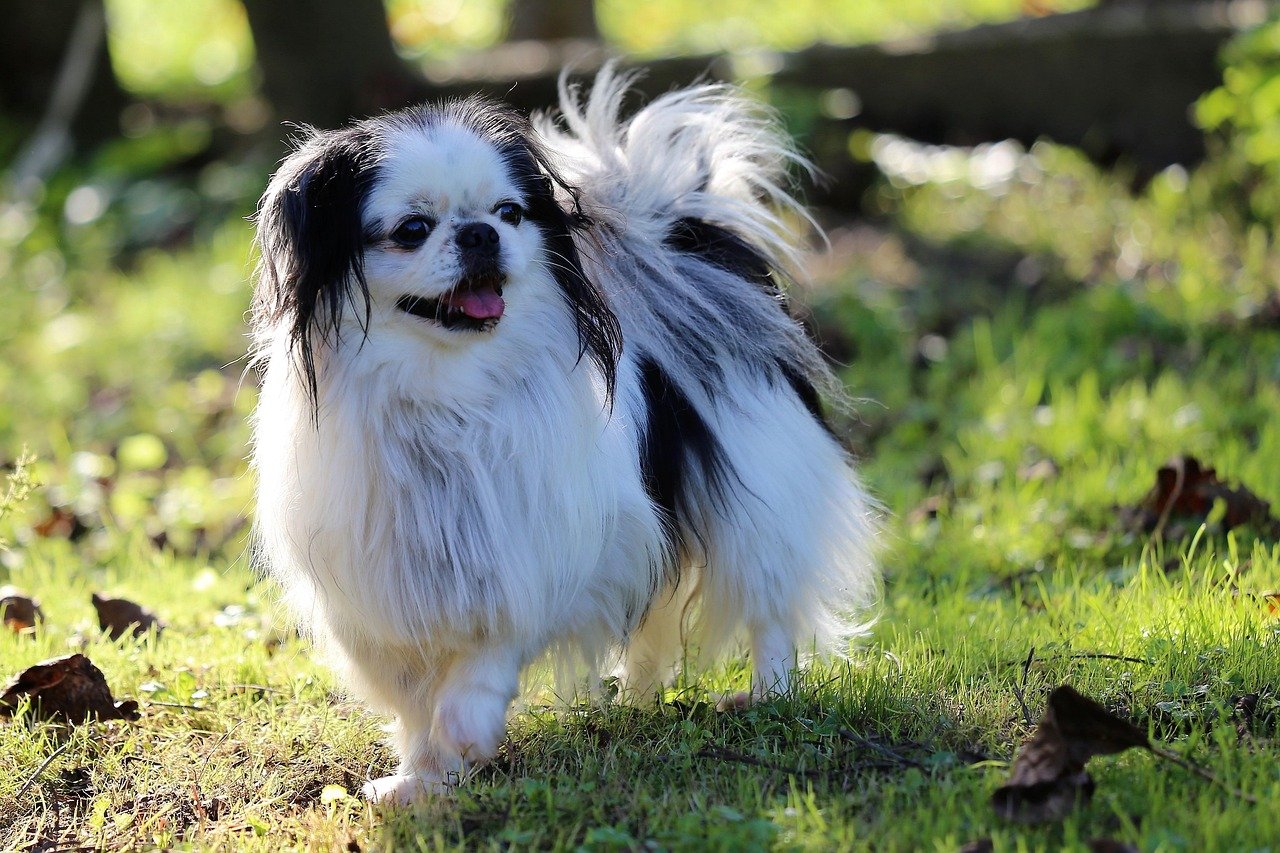
The Japanese Chin is a toy breed known for its aristocratic appearance and affectionate nature. They enjoy companionship but are also content to relax on their own. These elegant little dogs have mastered the art of being present without being needy.
The Japanese Chins can be left at home without much worry. While they’re known to entertain themselves, they maintain their dignity throughout. Picture a tiny aristocrat who’s perfectly capable of entertaining themselves with their own thoughts and observations. They’re the type who’d probably have a sophisticated hobby if they could – maybe watercolor painting or classical music appreciation.
When Separation Becomes a Problem: Reading the Signs
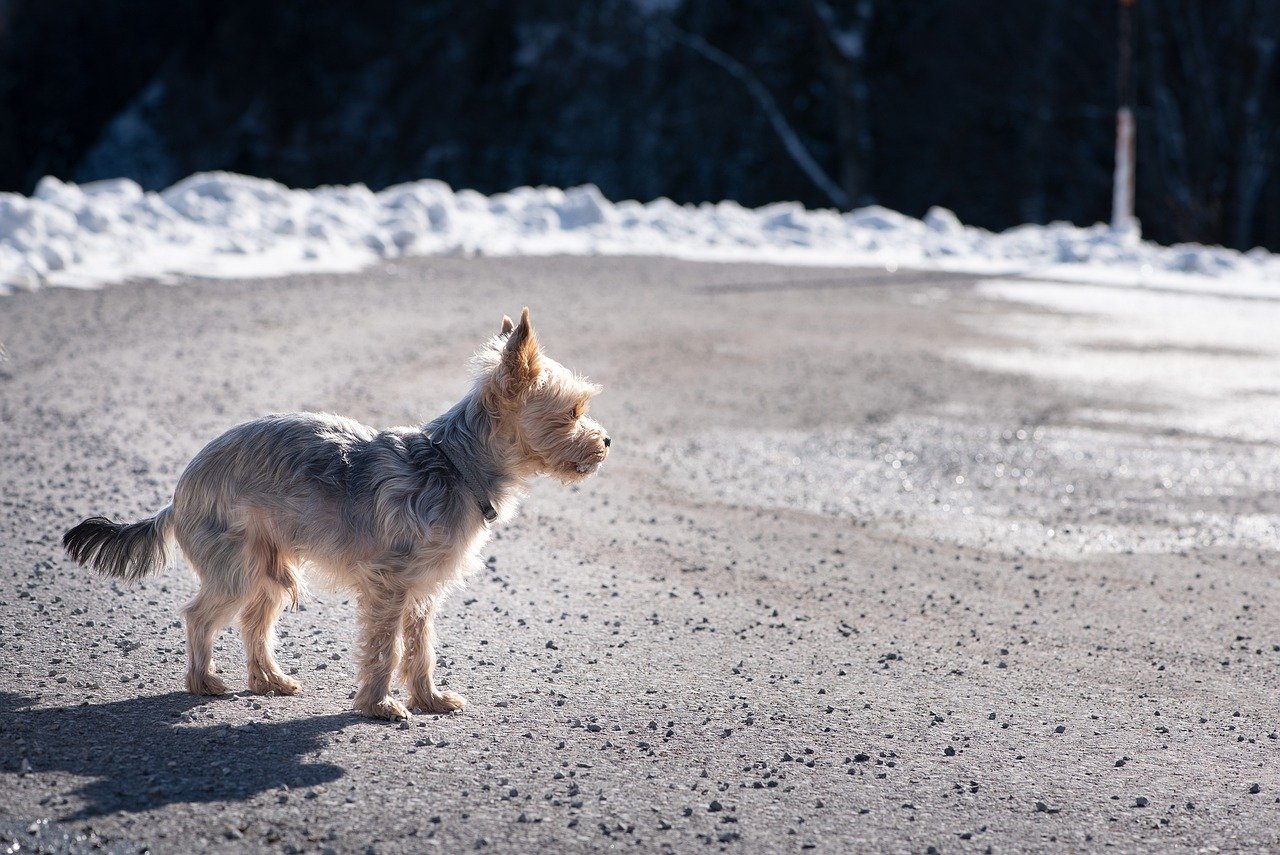
Some dogs urinate or defecate when left alone or separated from their guardians. If a dog urinates or defecates in the presence of his guardian, his house soiling probably isn’t caused by separation anxiety. A dog who has separation anxiety might bark or howl when left alone or when separated from his guardian. This kind of barking or howling is persistent and doesn’t seem to be triggered by anything except being left alone.
The difference between normal “I miss you” behavior and true separation anxiety is like the difference between feeling sad when a friend leaves versus having a full panic attack. Whether in a puppy or an adult dog, separation anxiety is when your dog exhibits extreme stress from the time you leave them alone until you return. The symptoms can vary, but they will act as if they are terrified to be in the house on their own. According to Patricia McConnell, Ph.D. a Certified Applied Animal Behaviorist, although we can’t know for sure what’s in a dog’s mind, we can think of separation anxiety as the equivalent of a panic attack.
Conclusion: Finding Your Perfect Match
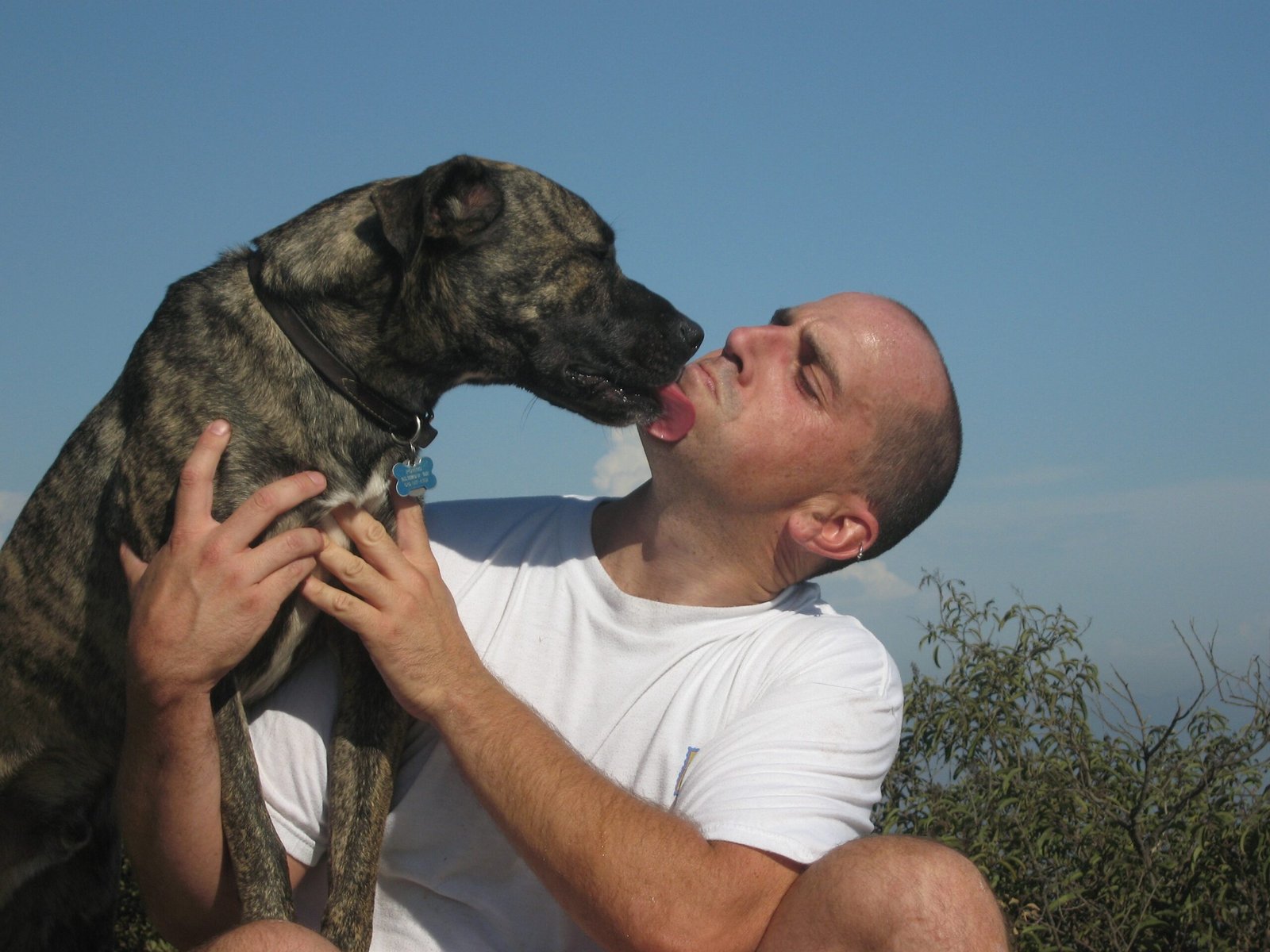
Choosing between a velcro dog and an independent spirit isn’t about which is “better” – it’s about honest self-assessment of your lifestyle and emotional needs. If you work from home and want a constant companion who’ll follow you from room to room, a Toy Poodle or Bichon Frise might be your soulmate. But if you value a dog who respects boundaries and won’t guilt-trip you for having a social life, consider a Basenji or Shiba Inu.
Remember, even the most independent breeds need love, exercise, and mental stimulation – they just don’t need you to prove your devotion every five minutes. And those velcro breeds? With proper training and gradual conditioning, many can learn to enjoy short periods alone without redecorating your home with anxiety-induced destruction. The key is understanding what you’re signing up for and being honest about what kind of relationship you want with your four-legged roommate.
What kind of dog parent are you – the type who wants to be missed desperately, or the one who appreciates a little mutual respect for personal space?

Born and bred in South Africa, a Capetonian at heart. Amy-Leigh’s love for nature and animals was inherited from her Dad. He loves taking the family on road trips to experience nature at its finest; Amy-Leigh’s favourite being whale watching in Hermanus and spotting Kudu along the West Coast. Amy-Leigh holds a BA in English Literature and Communication Studies.






